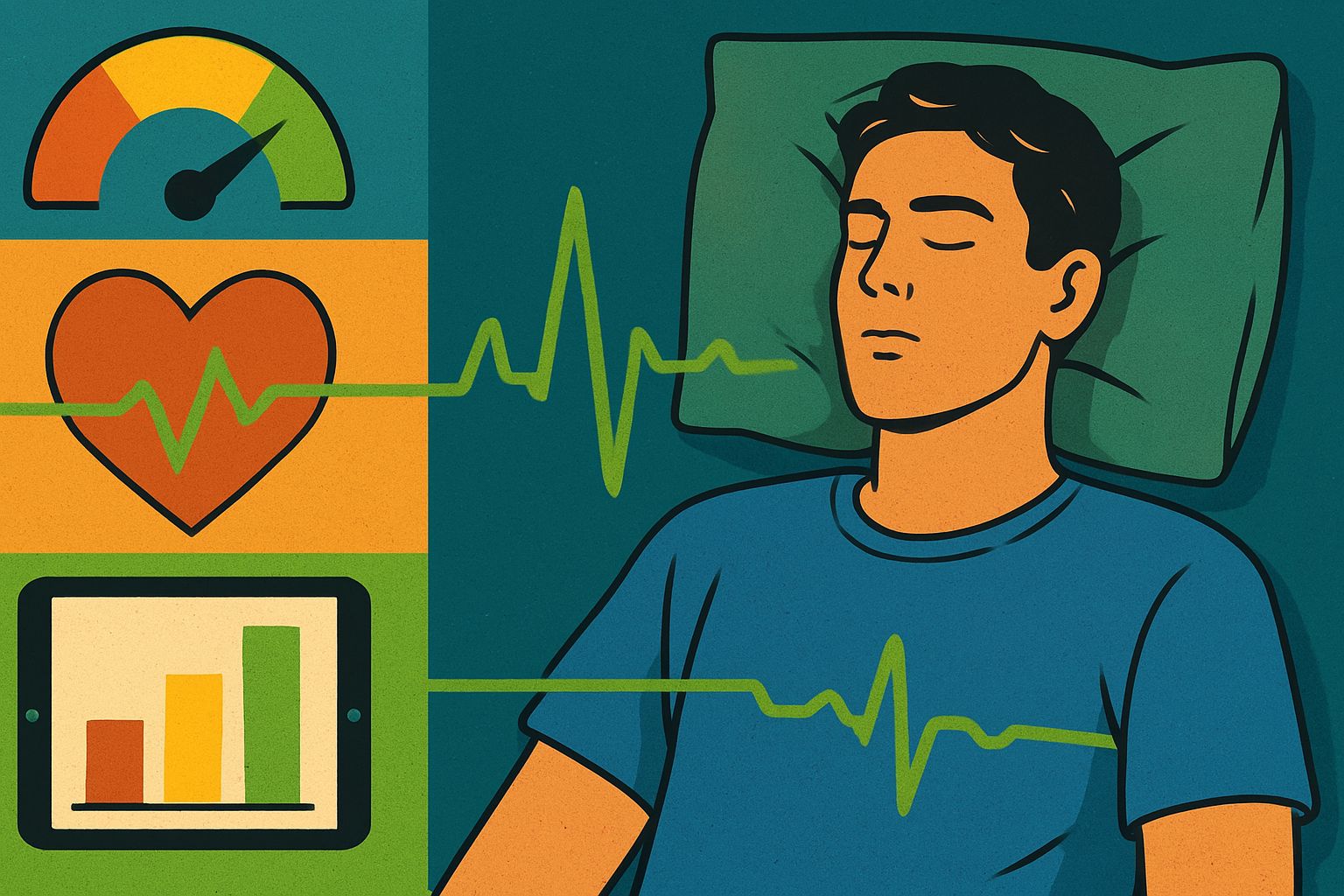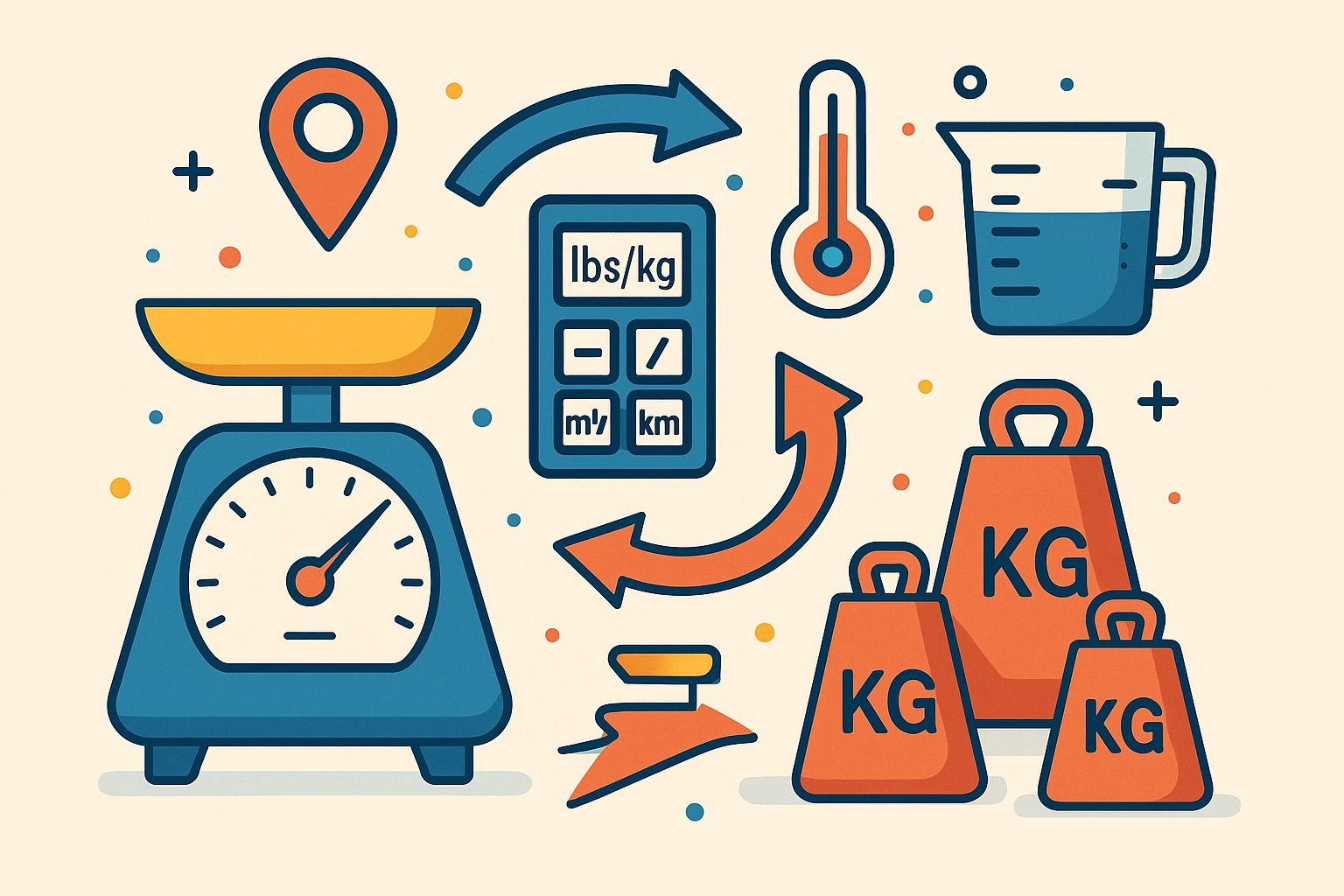Understanding the HRV Recovery Score Estimator
In the world of fitness and athletic performance, the human body is an intricate system that constantly responds to the demands of training, recovery, and daily stress. One of the key markers of how well the body is recovering and how ready it is for the next challenge is Heart Rate Variability (HRV). HRV has long been used by athletes and coaches to gauge recovery and optimize training, but what if you could quantify that recovery in a simple score? That’s where the HRV Recovery Score Estimator comes in.
This innovative tool helps athletes, fitness enthusiasts, and even those focusing on overall health measure their recovery status. By tracking fluctuations in HRV and calculating a recovery score, the HRV Recovery Score Estimator offers a clear picture of your body’s readiness to perform. In this article, we’ll break down what HRV is, how the HRV Recovery Score Estimator works, and how you can use it to enhance your training and wellness.
HRV Recovery Score Estimator
What is HRV (Heart Rate Variability)?
Before diving into the HRV Recovery Score Estimator, it’s important to first understand HRV itself. HRV refers to the variation in the time intervals between successive heartbeats. While the heart rate might seem like a constant beat to beat pattern, the time between each beat fluctuates naturally. These fluctuations are influenced by the autonomic nervous system, which regulates processes such as heart rate, digestion, and respiratory rate. The two branches of the autonomic nervous system—sympathetic (fight or flight) and parasympathetic (rest and digest)—play a major role in HRV. When the body is in a relaxed state, the parasympathetic nervous system is dominant, leading to greater HRV. When the body is under stress, the sympathetic nervous system takes over, leading to a decrease in HRV.
Higher HRV is often associated with better recovery, while lower HRV can indicate that the body is under stress, fatigued, or in need of recovery. As a result, HRV has become a powerful tool for monitoring overall health, fitness, and recovery.
HRV is often measured using a variability score or RMSSD (Root Mean Square of the Successive Differences) method, which looks at the time difference between each heartbeat and averages those differences over a set period. A higher HRV score suggests good recovery, while a lower score could signal overtraining or physical stress.
What is the HRV Recovery Score Estimator?
The HRV Recovery Score Estimator is a tool designed to translate HRV data into an actionable recovery score. While HRV on its own provides valuable insight into your autonomic nervous system, it can sometimes be difficult to interpret. The HRV Recovery Score Estimator simplifies this process by taking HRV readings and applying them to an algorithm that generates a score indicating your body’s recovery status.
The HRV Recovery Score Estimator works by analyzing HRV data over time and comparing it to historical baseline values. By tracking changes in your HRV score, the estimator helps you identify patterns and make informed decisions about when to train harder or when to focus on recovery. It serves as a vital resource for athletes looking to optimize their performance, but it’s also helpful for anyone interested in improving their general well-being.
This estimator offers a quick, easy-to-understand score that can help you avoid overtraining, reduce the risk of injury, and improve your overall health. It also provides actionable insights that you can use to adjust your training intensity, monitor your sleep, and ensure you’re taking care of your body.
How is the HRV Recovery Score Estimator Calculated?
To understand how the HRV Recovery Score Estimator works, it’s important to know how the calculation is performed. The estimator uses HRV data collected from wearable devices, heart rate monitors, or other HRV-tracking tools. These devices measure the intervals between heartbeats and calculate the HRV score, typically using algorithms based on time-domain or frequency-domain methods.
The HRV Recovery Score Estimator doesn’t just look at a single HRV reading; it takes a more holistic approach by analyzing trends over time. Here’s a breakdown of how the calculation typically works:
Baseline HRV Data: The first step in calculating the recovery score is to establish a baseline HRV level. This baseline is usually derived from measurements taken during periods of rest, sleep, or low-intensity activities. A higher baseline HRV typically indicates good overall fitness and recovery.
Current HRV Readings: During training or at various points throughout the day, HRV is measured again. These readings are compared to the baseline HRV to determine if recovery is on track or if more rest is needed.
Analysis of Variability: The recovery score estimator doesn’t just look at individual HRV readings. It evaluates the overall variability in HRV, comparing current levels to previous trends. A significant drop in HRV could indicate overtraining, stress, or insufficient recovery, while steady or improving HRV readings typically signal that the body is recovering well.
Adjustment for External Factors: The estimator may also take into account factors such as sleep quality, stress levels, diet, and training load. For example, poor sleep can lead to decreased HRV, while adequate hydration and balanced nutrition can support higher HRV levels.
Recovery Score Calculation: Based on these factors, the estimator assigns a recovery score that reflects your current state of recovery. This score is typically expressed on a scale, with higher scores indicating better recovery. A score in the middle of the range suggests moderate recovery, while lower scores may indicate that more rest or recovery strategies are needed.
The HRV Recovery Score Estimator typically tracks these scores over time, providing trends and insights that help athletes and individuals make more informed decisions about their recovery strategies.
Why is the HRV Recovery Score Estimator Important?
Understanding the importance of the HRV Recovery Score Estimator begins with recognizing the impact of recovery on performance and well-being. Here’s why the estimator is an essential tool:
Optimizing Performance
For athletes, whether elite or recreational, recovery is just as important as training. Without proper recovery, the body cannot adapt to the stresses of exercise, and performance plateaus or declines. The HRV Recovery Score Estimator provides athletes with a clear indication of when their body is ready for more intense workouts and when they should focus on rest. This helps athletes avoid the risk of overtraining, which can lead to fatigue, injury, or burnout.
Preventing Overtraining and Injury
Overtraining occurs when the intensity and volume of exercise exceed the body’s ability to recover. This can lead to physical and mental exhaustion, performance decline, and a higher risk of injury. The HRV Recovery Score Estimator helps identify early signs of overtraining by tracking HRV fluctuations and offering real-time feedback on recovery status. When the score is low, it’s an indication to scale back training and focus on recovery strategies, reducing the likelihood of overtraining and injury.
Enhancing Sleep and Stress Management
One of the key factors that influence HRV is sleep quality. The HRV Recovery Score Estimator helps highlight the relationship between sleep and recovery. By tracking your HRV before and after sleep, you can get a better understanding of how well-rested you are and how your body is adapting to stress. This allows for adjustments to your sleep patterns, stress management techniques, and recovery protocols.
Personalized Recovery Plans
Each person’s recovery needs are unique, influenced by factors such as fitness level, lifestyle, and stress load. The HRV Recovery Score Estimator offers personalized insights by considering how your individual body responds to training, sleep, and recovery. It empowers you to make adjustments to your training schedule, nutrition, and overall recovery plan based on data, not just intuition.
How to Use the HRV Recovery Score Estimator Effectively
To get the most out of the HRV Recovery Score Estimator, it’s essential to use it as part of a comprehensive wellness strategy. Here’s how you can make the most of this tool:
Track HRV Consistently: The estimator relies on consistent HRV data over time to provide accurate insights. Make sure to track HRV daily, ideally in the morning before getting out of bed, to get a true measure of your recovery state.
Pay Attention to Trends: The real value of the estimator lies in the trends. Look for patterns in your HRV and recovery score over time. If your recovery score is consistently low, it might indicate that your training load is too high, or you’re not recovering well enough.
Adjust Training Based on the Score: Use the recovery score to adjust your training intensity. If your score is low, consider taking a rest day, doing active recovery, or focusing on lighter exercises. If your score is high, it might be a good time to push harder in your next workout.
Monitor External Factors: Remember that your HRV is influenced by more than just your training load. Factors like sleep, nutrition, stress, and hydration all play a role in your recovery. Use the estimator alongside other wellness practices to maximize recovery.
Taking Control of Your Recovery
The HRV Recovery Score Estimator is a powerful tool for anyone looking to improve their performance, prevent overtraining, and ensure effective recovery. By tracking HRV data and interpreting it through a recovery score, athletes and individuals can make more informed decisions about their training, rest, and overall wellness. Whether you’re preparing for a competition, aiming to improve your fitness, or simply trying to live a healthier life, understanding your recovery status through HRV is essential for long-term success.
By making recovery a priority and using the HRV Recovery Score Estimator to guide your decisions, you can take control of your physical and mental well-being, ensuring that you’re always operating at your best.




